In recent years, plastic molding technology has seen notable progress, greatly influencing the manufacturing of pipe fittings. These advancements have enabled producers to create components that are not only more reliable but also offer improved efficiency in plumbing and heating systems. Plastic pipe fittings have become increasingly popular due to their resistance to corrosion, lighter weight compared to metal alternatives, and versatility in various applications.
One key area where plastic molding improvements have made an impact is in the production of complex components such as backflow pressure reducing valves. These valves are essential in many plumbing systems, as they prevent contaminated water from flowing back into clean water supplies while also managing pressure levels. Traditionally, producing these valves involved metal parts and manual assembly processes that could be time-consuming and costly. However, modern plastic molding techniques, such as injection molding with advanced tooling, allow manufacturers to produce these valves with intricate internal structures in a single molded piece. This not only reduces assembly time but also lessens the risk of leaks and mechanical failure.
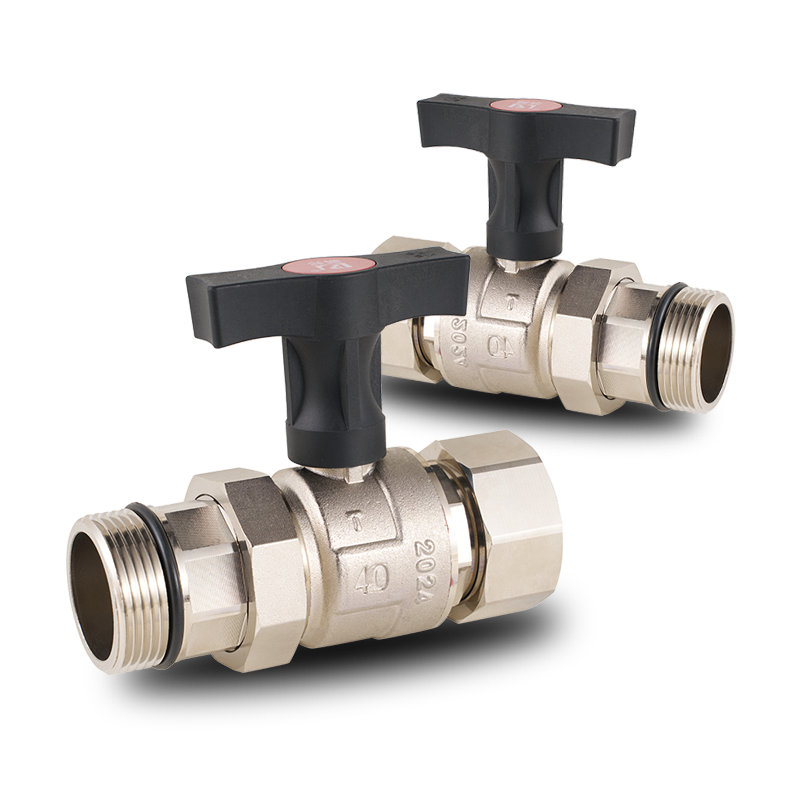
Another component benefiting from advances in plastic molding is the dual water shut off valve. These valves play a critical role in systems that require the ability to isolate two separate water lines independently. With more precise molding processes, it is now possible to manufacture dual water shut off valves that combine multiple functionalities in a compact design without sacrificing durability. The improvements in molding accuracy and material formulations have also increased the chemical and temperature resistance of these valves, making them suitable for both residential and industrial uses.
While plastic fittings continue to gain ground, steel ball valves remain widely used in many sectors due to their strength and reliability under high pressure and temperature conditions. However, the gap between plastic and metal fittings has narrowed thanks to plastic molding innovations. For example, some plastic fittings incorporate steel ball valves internally to combine the toughness of steel with the flexibility and corrosion resistance of plastic housings. This hybrid approach leverages the advantages of both materials and demonstrates how manufacturing techniques have evolved to meet diverse system requirements.
The molding process itself has benefited from improvements such as multi-cavity molds, which allow multiple identical fittings to be produced in a single cycle, significantly increasing production efficiency. Additionally, advances in computer-aided design (CAD) and simulation software enable engineers to optimize mold geometry for uniform material flow, reducing defects such as warping or incomplete filling. These software tools also facilitate the testing of different plastic materials to find the ideal fit for specific applications, whether the priority is chemical resistance, mechanical strength, or cost-effectiveness.
Material science has played a crucial role alongside molding technology. The development of high-performance thermoplastics with enhanced mechanical properties means that pipe fittings can endure higher pressures and wider temperature ranges than before. These plastics are also often lighter, contributing to easier installation and lower transportation costs. Moreover, the environmental aspect has gained attention, with some manufacturers adopting recyclable plastics or bio-based polymers to reduce the ecological footprint of their products.
Quality control during and after the molding process has become more sophisticated. Automated inspection systems can detect surface defects, dimensional inaccuracies, or internal weaknesses without slowing down production. This helps ensure that components like backflow pressure reducing valves and dual water shut off valves meet strict performance standards before reaching the customer. Reliable quality is particularly important for fittings involved in critical water management systems, where failures could advance to costly repairs or safety hazards.
As plastic molding continues to advance, customization options have expanded. Manufacturers can now tailor fittings to fit unique installation requirements or specialized systems. This flexibility supports a wider range of plumbing and heating applications, including underfloor heating networks and industrial water treatment setups. The ability to quickly adapt designs also helps companies respond to changing regulations or evolving market demands more efficiently.
In summary, recent advances in plastic molding have significantly influenced pipe fitting manufacturing. Components such as backflow pressure reducing valves and dual water shut off valves benefit from more precise and efficient production methods. While steel ball valves still hold a place in applications demanding high durability, plastic fittings increasingly offer a competitive alternative through improved materials and molding technology. Together, these developments contribute to more reliable, versatile, and cost-effective piping systems across various industries.


 English
English русский
русский Español
Español عربى
عربى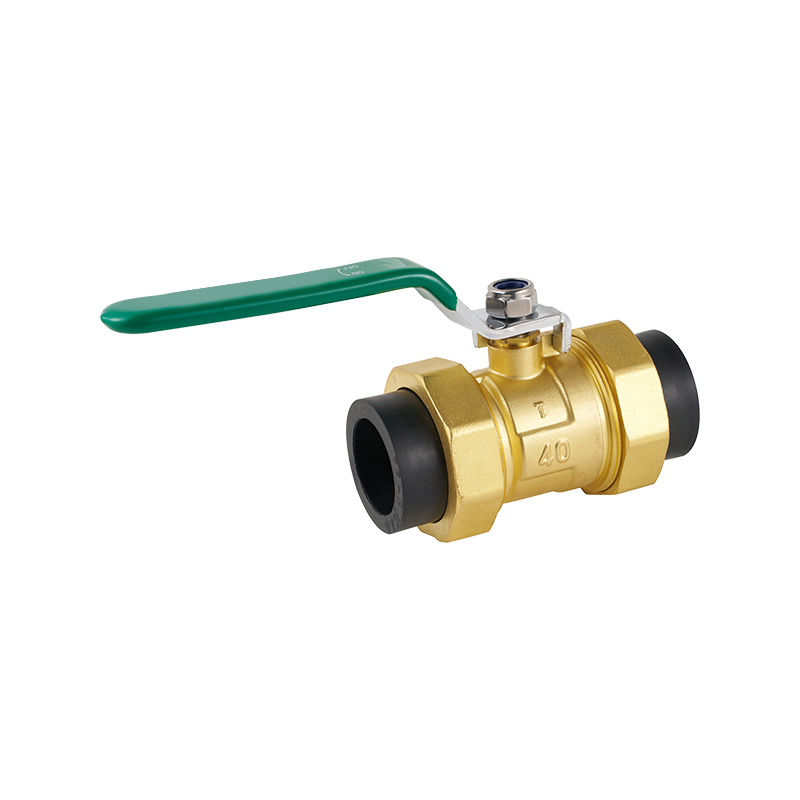

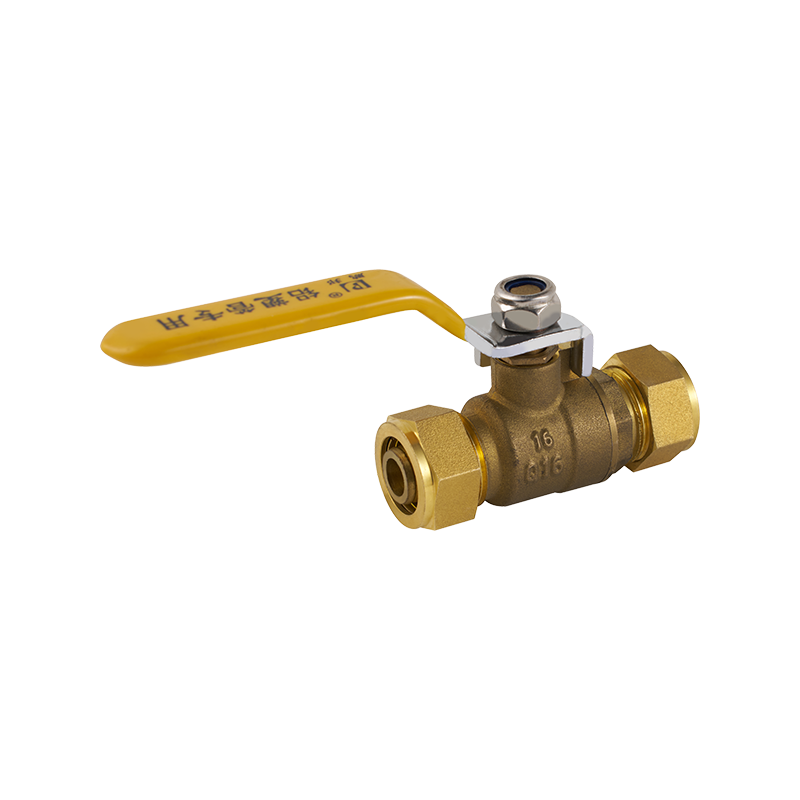
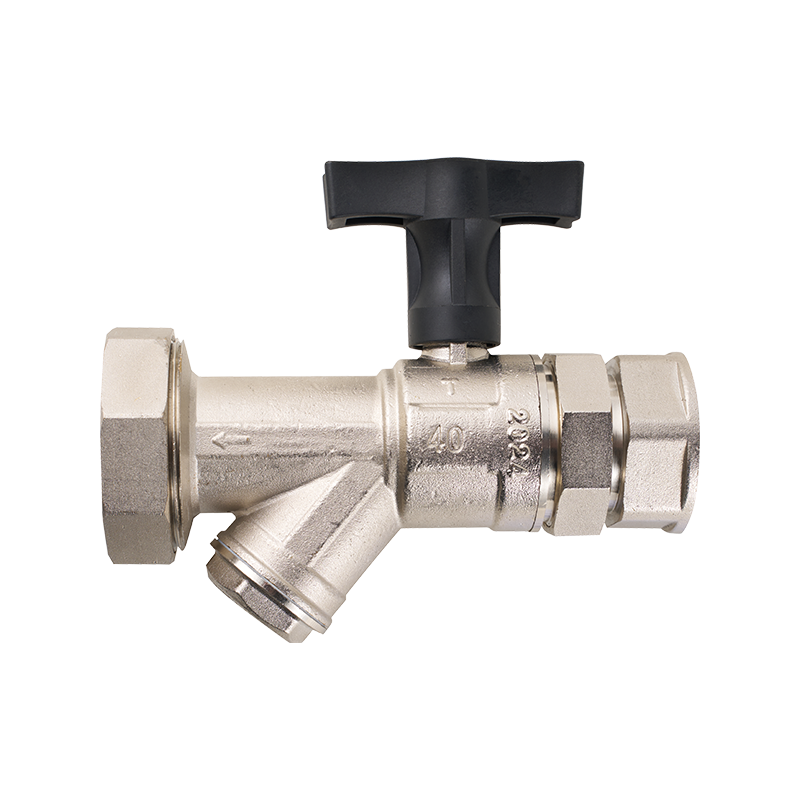
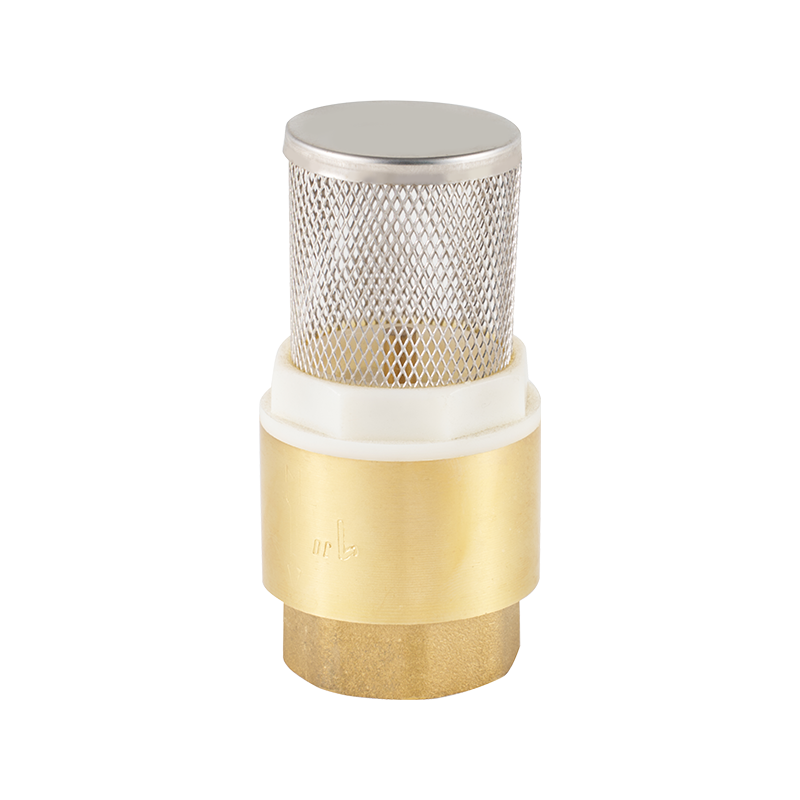
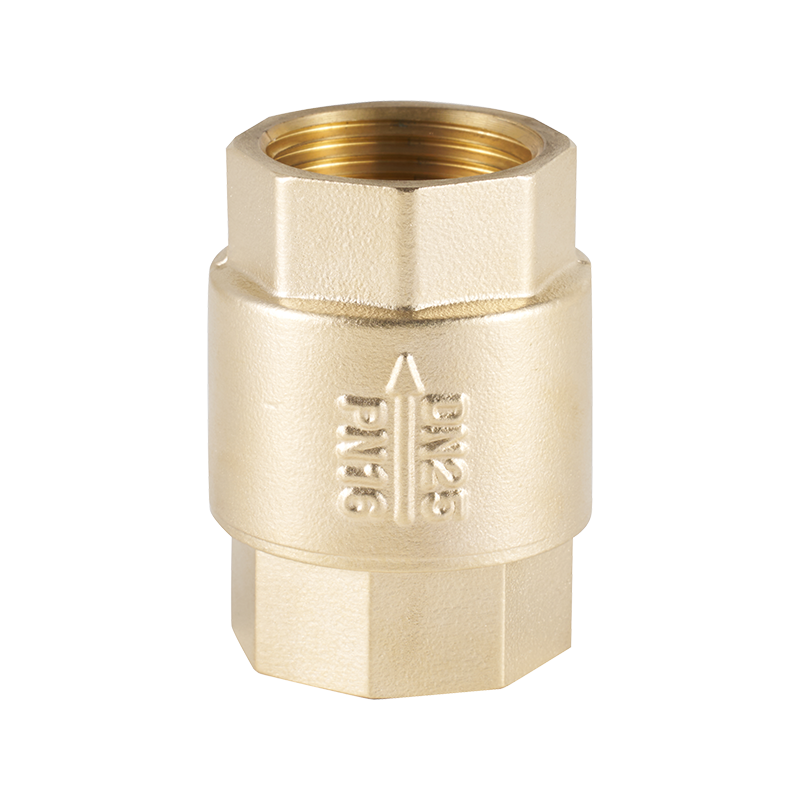

 CONTACT US
CONTACT US